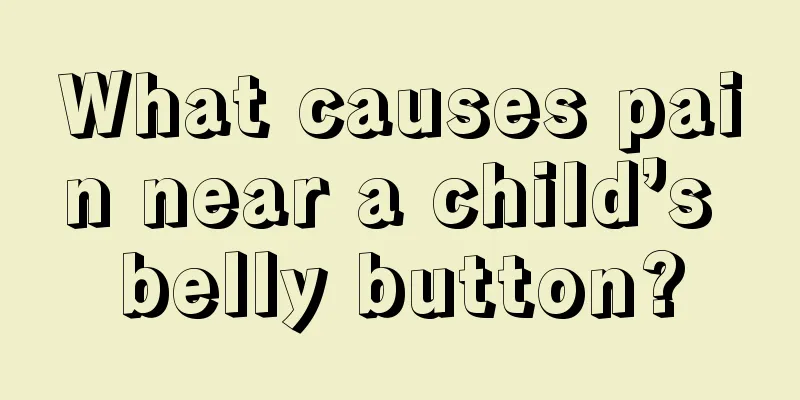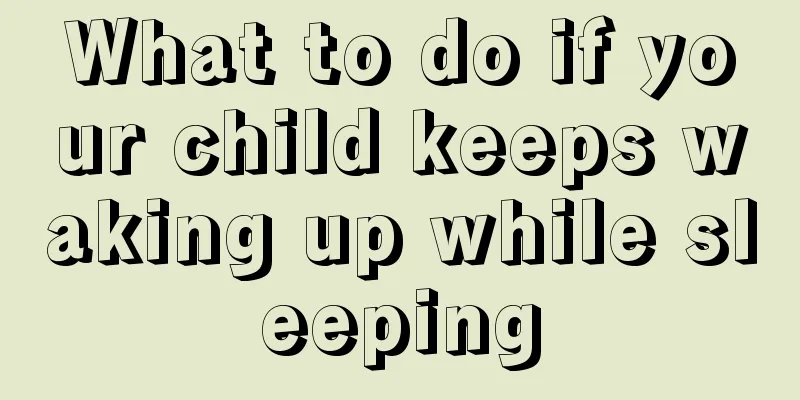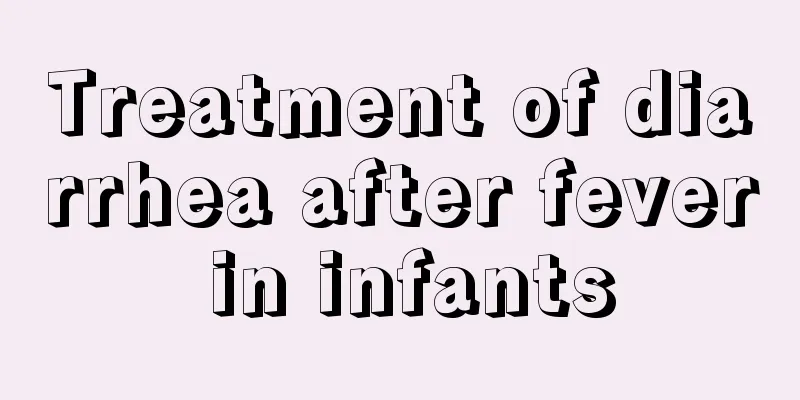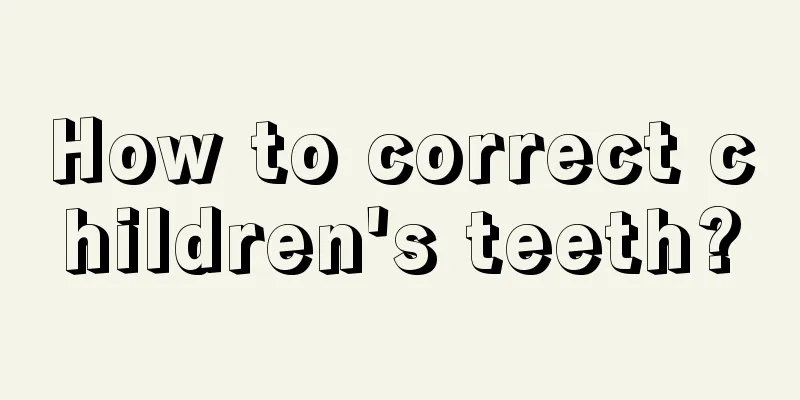How to give medicine to babies?

|
Nowadays, baby medicines usually don't have any strange smell. Generally speaking, medicines for babies have a bland taste, usually a little fruity and sweet. But even so, many babies still don’t appreciate it. They make excuses when taking medicine and it’s impossible to feed them. In fact, it’s not that the baby is unwilling to take medicine. Most of the time, this is because parents act serious and nervous when feeding medicines, so how can babies be fed medicines easily? The correct way to easily feed medicine 1. Make the environment more relaxed Getting your baby to take medicine smoothly and open his mouth happily is the first step. If you want your child to open his mouth happily, don't have a bunch of people gather around him and stare at him. But all new mothers seem to be like this at the beginning. When I first fed OK medicine, I would always call OK’s father and the elderly to join in. You can imagine the consequences. So I just do it by myself... In addition, the place for taking medicine can be changed each time. For example, it can be in the living room last time, and then changed to another room next time, and then on the balcony the next time. This can prevent the baby from being reminded by the familiar environment that this is the place to take medicine when he arrives at a certain location. 2. Take your medicine in advance When I first fed OK medicine, I always repeated a silly action: one person held him while another squeezed the medicine. Little OK watched all the preparations silently, and as soon as my medicine feeder reached his mouth, he started crying loudly. This reminds me of the injections I got as a child. The most nervous moment was not when I was getting the injection, but when I watched the doctor cut the injection bottle and use the syringe to draw the medicine inside. So, find a place where your baby can relax, take out the medicine in advance and put it on the table, hold the baby for a few rounds, tease him/her, then sit down, keep a relaxed tone and say: "Let's eat something now~" Then pick up the prepared medicine directly and slowly squeeze the medicine into the baby's mouth. 3. Distract attention and divert anxiety Prepare some toys or things that your baby likes to distract him/her attention. This method is quite common and I won’t go into details. 4. Feed when hungry If the medication requirements do not specifically state that it must be taken after a meal, the best time to feed the medicine is about 2-3 hours after a meal/milk when part of the food has been digested. Giving the medicine at this time can greatly reduce the possibility of vomiting. By the way, if you vomit out the medicine you take, you need to replenish it. The amount of medicine to be fed depends on the amount and time of vomiting. If vomiting occurs immediately after feeding, the normal amount of medicine needs to be fed. If vomiting occurs 1-2 hours after feeding, the amount can be halved. 5. Squeeze the medicine under the tongue It is also important where you squeeze the medicine in the mouth. Even fruit-flavored medicines will have a somewhat bitter or strange medicinal taste. Of course, if your child likes the taste of the medicine and can really eat it as candy, that would be great, but if they don't like it, then don't stimulate your child. Avoid the most sensitive taste bud area, insert the medicine feeder into the mouth from one corner of the mouth, and squeeze the medicine under the root of the tongue so that it can flow directly into the throat, leaving less room for the tip of the tongue, which has the richest taste buds, to taste the medicine. 6. If crying is unavoidable, feed the baby during inhalation Do not give medicine when the baby is crying loudly, as it may easily choke the baby's trachea. If the baby cries when feeding him medicine, we comfort him immediately and continue feeding him after he calms down. But sometimes it is inevitable that the baby will cry, especially the very young baby, and no amount of communication will work. At this time, I am afraid that the only option is to "force-feed" the baby. The old man’s method of “force feeding” is to pinch the nose, but I think this method is a bit violent and scary. After many attempts, I think that instead of "forcing the medicine" when the baby is crying, the safest way is to quickly squeeze the medicine under the root of the tongue when the baby starts to inhale. At this time, the baby will not inhale air and cause the medicine to enter the trachea, and the medicine can be brought down when the baby swallows after inhaling. |
<<: Childhood trauma affects a person's entire life
>>: How to treat children's folliculitis
Recommend
Newborn baby always cries before pooping
Defecation is a very important thing for the huma...
Swimming pools are prone to pink eye in hot weather. Four aspects of pink eye care for babies
Right now, the weather is hot, and more people ar...
What to do if infants and young children are zinc deficient
Zinc deficiency is a very common symptom in child...
What to do if your 18-month-old baby is zinc deficient
Zinc is an essential element in the body, especia...
Causes of astigmatism in children
Children's body parts are all in the developm...
How to regulate children’s spleen and stomach?
There are many reasons why babies have weak splee...
Have you ever encountered a child with fever and cold hands and feet?
In our daily life, we often encounter some things...
How to treat peeling fingers in children
Some children have problems with their palms, so ...
What is the reason for the child's back pain
If a child has back pain, parents must pay attent...
Candidal Stomatitis
However, if you find that your baby often cries w...
What to do if your baby has high platelet count
As we all know, it is very common for infants to ...
What to do if your child is thin and short
Diet is related to children's physical health...
Causes of blisters on baby's face
In this season of spring, people always feel that...
The easiest way to treat a child's stuffy nose
Children often have nasal congestion problems. In...
What does nutritional iron deficiency anemia look like in children? What are the symptoms?
Nutritional iron deficiency anemia is the most co...









